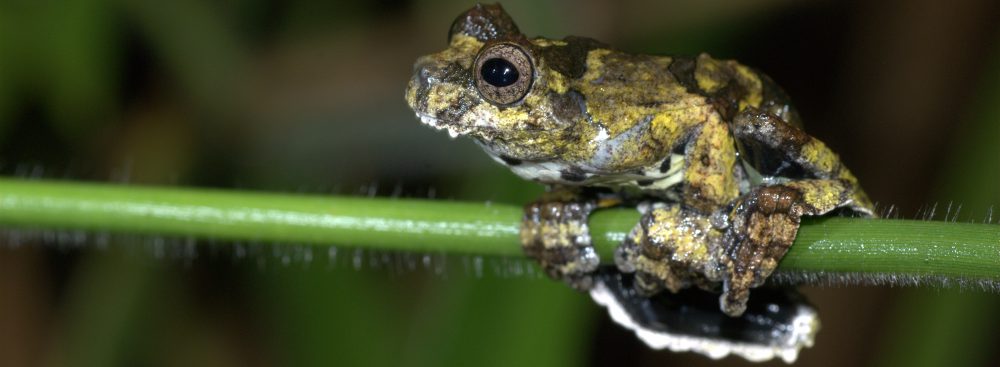At Vassar College, I primarily teach three courses. See below for basic descriptions of each course and to view an example syllabus.
BIOL 108: Information Flow in Biological Systems
The focus of BIOL 108 is how information flows across different scales of biological organization. We begin by thinking about the how information moves within a cell (think from DNA to RNA to proteins) then within an organism (e.g., hormones or other signals moving around a body). Next we scale up to information moving between individuals (e.g., animal behavior) then across generations (e.g. reproduction). Lastly we consider the flow of information across many generations (evolution and speciation). This is a team-taught course shared across the Biology department. Syllabus
BIOL 226: Animal Structure and Diversity
This course is a trip through the entire animal kingdom! To fully understand and appreciate this diversity, we will spend considerable time on the evolutionary relationships between major groups of animals. By the end of the semester you will appreciate not only the tremendous differences across the animal kingdom, but more importantly, the amazing similarities! In laboratory, you will observe and sometimes handle live animals, noting their form and their behavior. You will dissect preserved animals and compare external and internal anatomy among animal groups. The first half of the semester will be a whirlwind survey of non-vertebrate animals, whereas the second half of the semester will allow us to focus in greater depth on just the vertebrates. Syllabus
BIOL 340: Experimental Animal Behavior
Animal Behavior is a constantly growing and evolving field, particularly as technology allows us to study animals in ways not previously possible. This course focuses on the ways that experiments are used to isolate and understand animal behavior (hence the ‘Experimental’ in the title). We read peer-reviewed scientific articles each week (each week is a different topic), and students are in charge of leading discussion for much of the class. You should be prepared to read articles critically and thoroughly. We will read both classic (i.e., old) and new papers in order to understand how the way that scientists study animals has changed (or perhaps has not changed). The final project for the class is a mock grant proposal, which will even be blind peer-reviewed by your classmates! Syllabus
